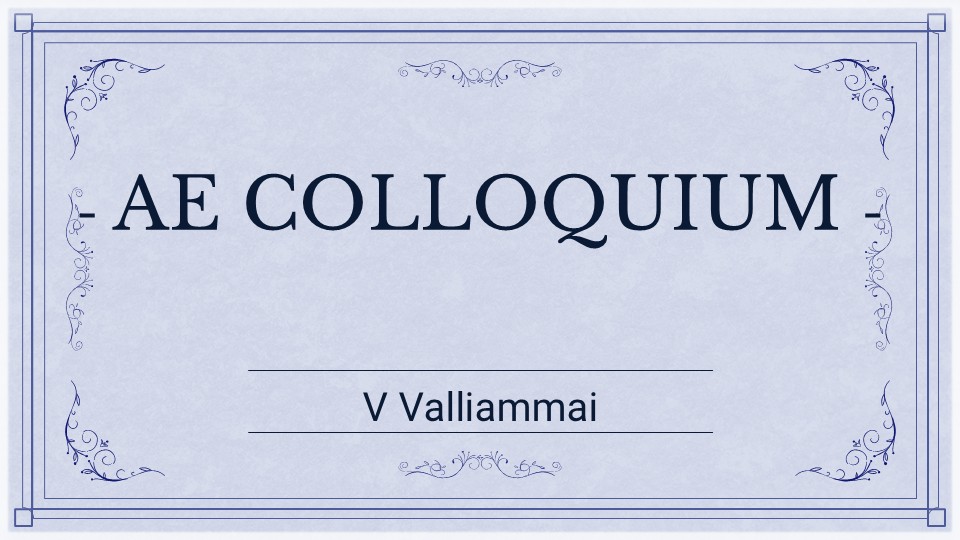
Hybrid Event
Ph.D. (Engg): Aerodynamic Shape Optimization of Low Observable Air Intake Duct : A Gerlach Inspiration
November 13 @ 11:00 AM - 1:00 PM
Hybrid Event

Air intake system supplying air to the aircraft’s propulsion system is an important part of the aircraft. In modern military aircraft, air intake ducts are bent due to stealth and layout considerations. Due to significant contribution from rotating jet engine components to Radar Cross Section, need to inhibit direct line of sight of the Engine Face from RADAR’s eye is required and this leads to aggressively turning ducts. Owing to large pressure loss happening due to the secondary flows and consequent flow separation arising out of centrifugal forces or its gradients during flow turns, total pressure recovery at Engine Face is likely to suffer. This thesis addresses this concern, specifically for a top mounted serpentine intake duct of flying wing configuration.
A shaping technique called “Gerlach Shaping” proposed by C. R. Gerlach and E. C. Shroeder to minimise secondary flows and subsequent losses forms the core of this thesis. An important feature of the shaping concept is the use of ideal flow assumptions for a flow known to be viscosity driven. As a part of the current research, formulation and implementation of Gerlach shaping is subject to detailed analysis. Gerlach shaping principles are extended, opening further possibilities for low loss bend designs. Radial pressure gradients and secondary flow mixing are managed more efficiently leading to smooth flow with reduced flow separation and pressure drops. Superiority of newer designs called “Gerlach Inspired Bend Designs” are proven on a square elbow and RAE M 2129 S-duct. It may be surprising to note that the losses encountered in one of the 90◦ bend designs is even lower than that of a straight duct.
A new methodology called “Gerlach Inspired Duct Optimization” for aerodynamic shape optimization of low observable air intake duct design driven by conflicting aerodynamics and stealth requirements is developed. Understanding of Gerlach shaping principles gained during the evolution of design methodology for low loss bends is a stepping stone to the optimization process. Keeping the spirit of Gerlach Shaping alive, the highlight of this process is the use of low fidelity inviscid CFD tool for a problem considered to be highly viscous. The step is crucial as integrating CFD simulations with Gerlach Shaping as against ideal flow assumptions would considerably improve the accuracy of the flow field description and enhance the duct design. Moreover, integration of an inviscid solver facilitates robust, fast generation of flow field and a large number of candidate designs could be analysed. A completely automated Genetic Algorithm based optimization framework integrated with Computational Fluid Dynamics simulations to realize this methodology inspired by
Gerlach Shaping gives substantial performance enhancement as compared to Reference Duct (designed using conventional design methodology) and Gerlach Duct (generated by morphing the reference duct as per Gerlach shaping).
Speaker : V Valliammai
Research Supervisor : N. Balakrishnan